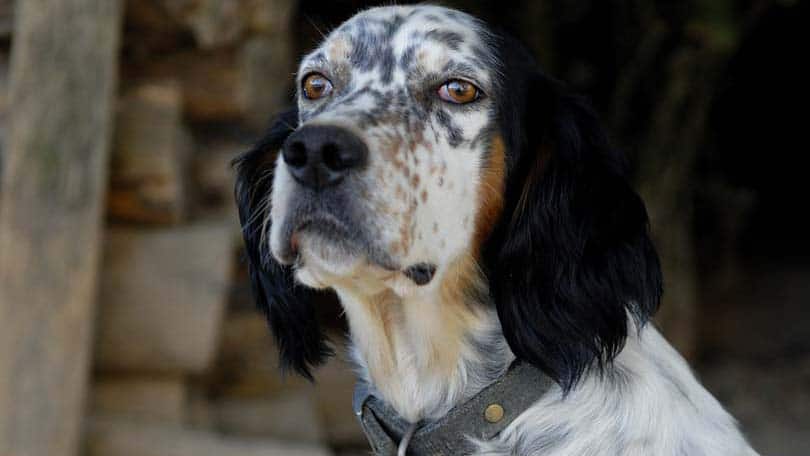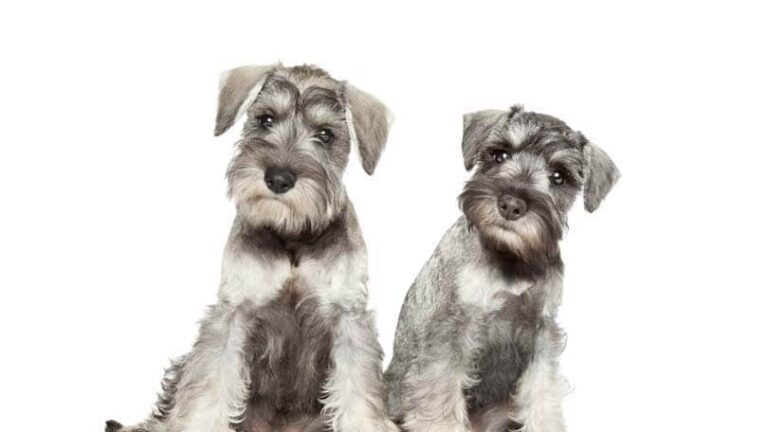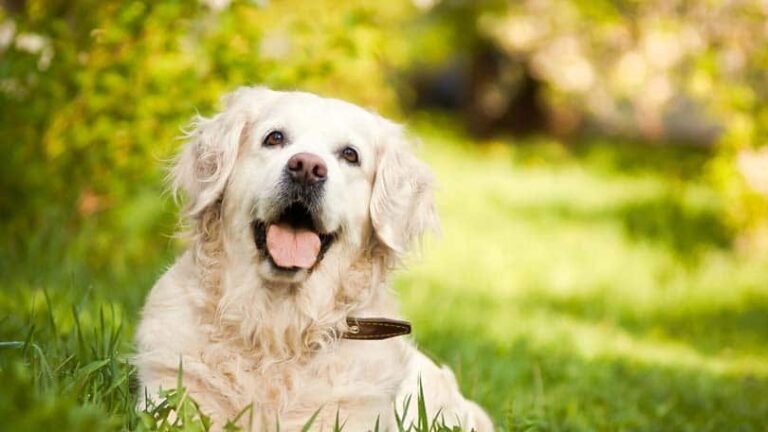English Setter Trivia
The English Setter is one of the most beautiful and graceful of all dogs. These elegant dogs have been working bird dogs since at least the 16th century and there is evidence to suggest that they may date back a couple of hundred years prior to that time. Today the English Setter is primarily an extraordinary pet, but he is still able to do his job in the field — and looks good doing it!
English Setter trivia is a fascinating subject. Here are some things you may like to know about the breed.
The English Setter is first mentioned in print in the 1570 book Of Englishe Dogges, by John Caius, a court physician. Caius describes the Setter as follows:
Another sort of Dogges be there, seruiceable for fowling, making no noise either with foote or with tounge, whiles they followe the game. These attend diligently vpon theyr Master and frame their conditions to such beckes, motions, and gestures, as it shall please him to exhibite and make…when he hath founde the byrde, he keepeth sure and fast silence, he stayeth his steppes and wil proceede no further, and with a close, couert, watching eye, layeth his belly to the grounde and so creepeth forward like a worme…whereby it is supposed that this kinde of dogge is called Index, Setter, being in deede a name most consonant and agreable to his quality….
Clearly, by the 1570s, Setters were quite distinct from Spaniels.
In these early days Setters would find the birds and “set” or crouch to the ground to mark them. The huntsman would then cast a net over the entire tableau — dog and resting birds — to take them. Of course, after it became common to hunt with guns, English Setters accommodated themselves to the changing sport. They hunt and point with a more upright stance today as a result but many dogs still go into a low crouch in the field, as though they are sneaking up on the birds and stalking them.
At this time English Setters were also used to hunt with falcons. Some dogs are still trained to hunt with falcons and you can still see demonstrations today of this ancient sport in some places.
One of the earliest fanciers of the English Setter was Robert Dudley, the Earl of Leicester, the friend of Queen Elizabeth I. The Earl was very keen on hunting, as was the Queen.
English Setters were present at the first dog show, held in England at Newcastle-on-Tyne, January 28, 1859.
More English Setter trivia: The English Setter was used to help create the other Setter breeds. During the 16th through 19th centuries there were numerous strains of Setters in the British Isles. There were even several strains of Setters flourishing in the United States, raised from Setters brought to the U.S. Sportsmen in different localities that needed bird dogs would try to breed their own dogs to meet their specific requirements. In Ireland, the Irish Red & White Setter was developed, and later the solid red Irish Setter. In Scotland, the Duke of Gordon developed the Gordon Setter. But these are only the Setter breeds that have survived, along with the English Setter. At one time there were more than a dozen different Setter strains being bred. Many of these strains were bred into the dogs we have today, so they are not completely lost.
Two of the most important modern breeders of English Setters were Mr. Edward Laverack and Mr. Purcell Llewellyn. Both of these gentlemen bred English Setters in the 19th century and helped to create the breed as we know it today. Both gentlemen bred very good dogs but Mr. Laverack is today remembered for producing dogs who look like our modern show English Setters. Mr. Llewellyn, who got most of his early stock from Mr. Laverack, is remembered for producing outstanding English Setter bird dogs. You will hear many people refer to English Setter field dogs as “Llewellyns” or “Llewellyn Setters.” Some people call English Setter show dogs “Laveracks.”
Mr. Laverack claimed to have kept his line of dogs “pure” for 35 years through inbreeding. However, a look at the colors of the dogs produced from his breedings raises doubts about his statements.
The famous field trial Setter, Count Noble, is an English Setter. He is mounted in the Carnegie Museum in Pittsburgh.
The English, Irish, Irish Red & White, and Gordon Setters, while closely related, are NOT the same breed in different colors or varieties. There are considerable differences in the breeds, including size and temperament.
The first dog registered with the American Kennel Club in 1874 was an English Setter named Apollo.
When you consider English Setter trivia there is a lot of history to cover. The breed has been around a long time. If you are considering an English Setter as a pet, you should know that they are very devoted to their families. They tend to have very “soft” temperaments , meaning that they do not take harsh discipline well. While they are medium-large, athletic dogs, they do not do well as outdoor dogs. They do not do well when left alone. They crave being near people and will not thrive if they have to spend too much time alone or without people.
Just as in the 1570s, English Setters today “attend diligently upon their Master.” As sporting dogs , they are bred to pay close attention to what their owners are doing at all times and they want to be near you. They do need plenty of regular exercise but once that need is met they are happy to sleep on any soft piece of furniture — and they do like comfort.
Because they are longhaired dogs they do require regular grooming.
English Setters are excellent with children. They make very good family dogs. However, they make terrible watchdogs . They are almost excessively friendly and will wag their tails and try to make friends with anyone who comes to your house. They may sleep through someone trying to break in. This is not the dog to get if you are looking for protection, although just having a large dog may make you feel somewhat more secure.

Having discovered a fondness for insects while pursuing her degree in Biology, Randi Jones was quite bugged to know that people usually dismissed these little creatures as “creepy-crawlies”.







